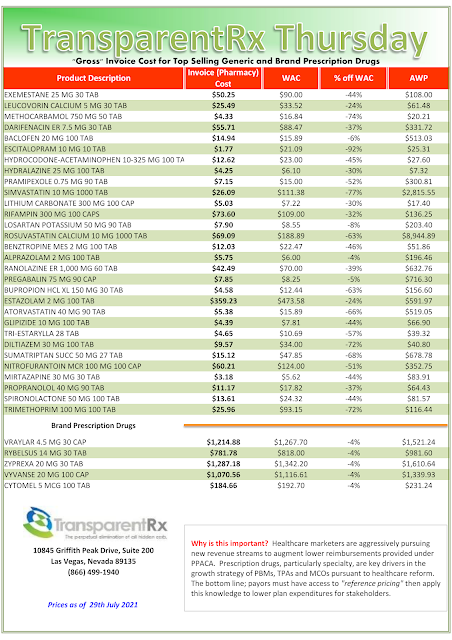Specialty Pharmacies are most often focused on the dispensation of specialty drugs. While there is no standardized definition of what constitutes a specialty drug, most often the meet the following criteria:
- the drug is a specialized, high cost product (typically more than $500 per dose or $10000 or more per year)
- the drug is utilized as a complex therapy for a complex disease
- the drug requires special handling or administering, shipping, or storage (such as an injectable)
- the drug may have a Food and Drug Administration (FDA) Risk Evaluation and Mitigation Strategy (REMS) in place specifying that there is required training, certifications, or other requirements that must be met in order for the drug to be administered.
- the drug has the potential for significant waste due to high cost
Specialty drugs are used to treat a variety of complex and chronic conditions including but not limited to: anemia, cancer, infertility, multiple sclerosis, HIV and hepatitis. Some categorize specialty drugs as meeting all of the three H’s: High Cost, High Complexity, High Touch.
Because of the specialized way in which these drugs need to be administered, specialty pharmacies come into play with a specific focus on this group of drugs and the required comprehensive and coordinated delivery and support required to effectively deliver these drugs to patients.
Tyrone’s Commentary:
Pharmaceutical manufacturers are light years ahead of plan sponsors including both public and private entities. They are keenly aware that the “free” drugs given away today are a temporary slow down of specialty drug spend, for instance. They will continue to innovate and manufacture curative pharmaceutical products. As a result, more and more people will not qualify for patient assistance and/or exhaust coupon savings programs. Many plans will see their drug spend fall back to pre-manufacturer assistance levels in 2-3 years. Specialty drugs will soon account for more than three-quarters (75%) of total drug spend wiping away early gains from manufacturer cost-saving programs. Like drugmakers, employers should be planning 4-5 years ahead not waiting until the time comes for renewal. Radical transparency in pharmacy network and manufacturer contracting, efficient benefit design including lowest net cost formularies, and medication adherence programs are hallmarks of good pharmacy benefit management stewardship. Those pharmacy benefit management principles should never take a back seat.
AMS, a healthcare IT company that provides clinical insights and financial analysis of the costliest and most complex medical claims, released their 2020 Specialty Drug Trends Report today, highlighting the need for predictive analytics to combat pervasive drug overspend.
AMS research reveals that payers are not being judicious with their specialty drug expenditures because they have little insight into the actual drivers of high-cost claims and members. Those drivers include cost increases, price transparency issues, and perhaps the fastest-growing area of pharmacy spend, utilization expansion. Detailed cost-driver reporting is needed for payers to alleviate high-cost claim overpayments and predict future liabilities.
Highlights of the report:
- Fewer than 2% of the U.S. population utilized specialty drugs
- Specialty drugs account for more than half (51%) of total drug spend
- 80% of annual medical trend increases were driven by specialty drug costs
- The top 10 Medicare Part B covered drugs accounted for 2% of all covered products but 43% of total Part B drug spending
<<Click to Download the Full Report>>
 “Thank you Tyrone. Nice job, good information.” David Stoots, AVP
“Thank you Tyrone. Nice job, good information.” David Stoots, AVP










